The Iconic Horror Movie That Inspired The Nightmare Before Christmas
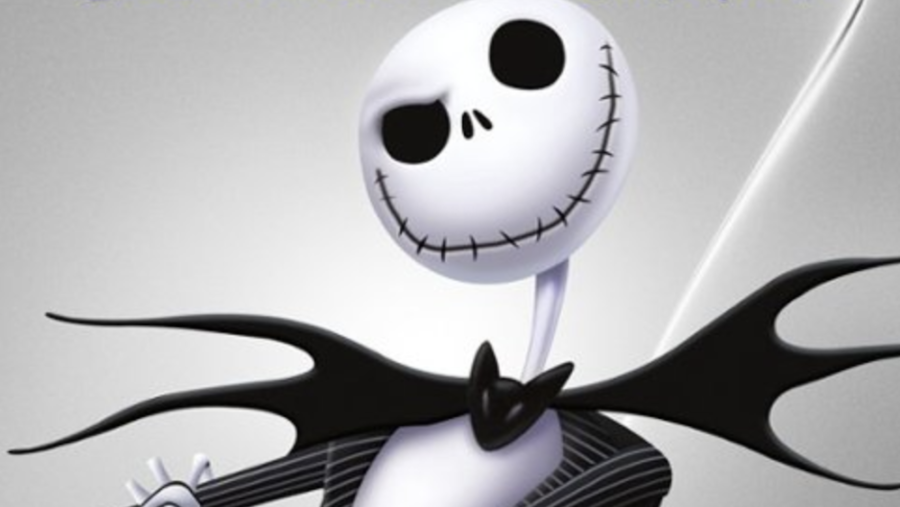
By now, The Nightmare Before Christmas is a certified holiday classic, blending the gothic tones and spooky vibes of Halloween with the cheerful year-end mirth of Christmas. However, many fans may be shocked to learn that the distinct visual style of the iconic film was heavily influenced by a German horror film, titled The Cabinet of Dr. Caligari.
Per a recent write-up in Slashfilm, The Nightmare Before Christmas art director Kelly Asbury explained the many visual references used to produce the film’s unique aesthetic, which included previous Tim Burton works, The Addams Family, and The Cabinet of Dr. Caligari.
The NightMare Before Christmas Took Inspiration From The Cabinet of Dr. Caligari
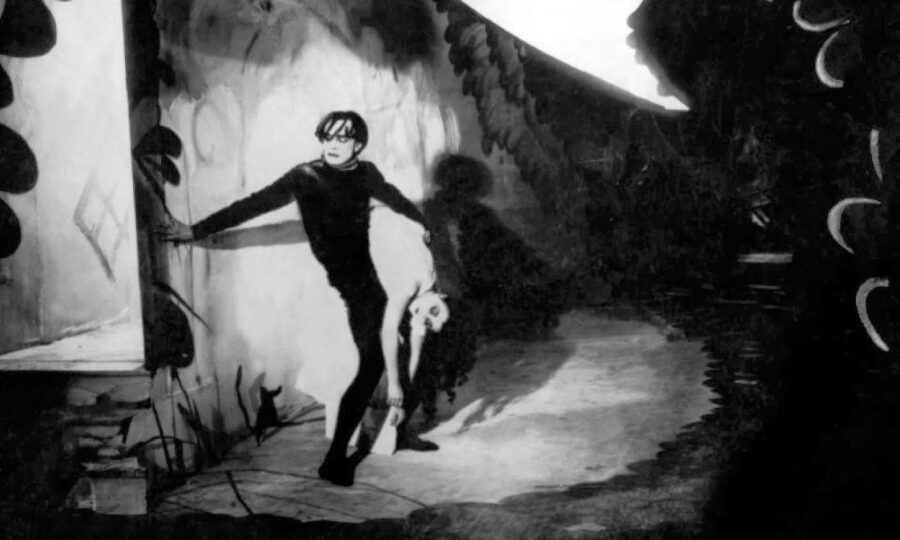
The Nightmare Before Christmas contains heaps of interesting visual flair, differentiating the movie from any other on the market. Even other 3D animated family horror films such as Coraline and Frankenweenie don’t maintain the visual depth of The Nightmare Before Christmas. According to Kelly Asbury, this is the result of many hours of hard work, and a lot of borrowing from German director Robert Wiene.
It Is An Iconic Silent Horror Film
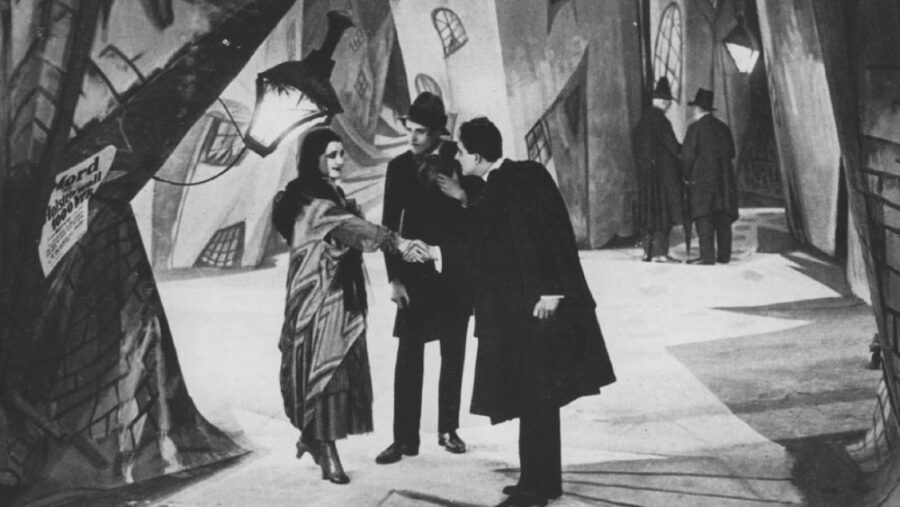
The Cabinet of Dr. Caligari centers on a mystery surrounding Cesare, a man who visits a carnival psychic named Dr. Caligari and becomes hypnotized. As visitors come to see Cesare’s hypnosis in action, the man begins to predict the deaths of those around him with shocking accuracy, leading police down a mentally exhausting rabbit hole to determine how and why these deaths are happening. The psychological thriller influenced The Nightmare Before Christmas in a myriad of ways, most notably with its use of harsh shadows and sharp, jagged angles.
Influenced Other Tim Burton Movies
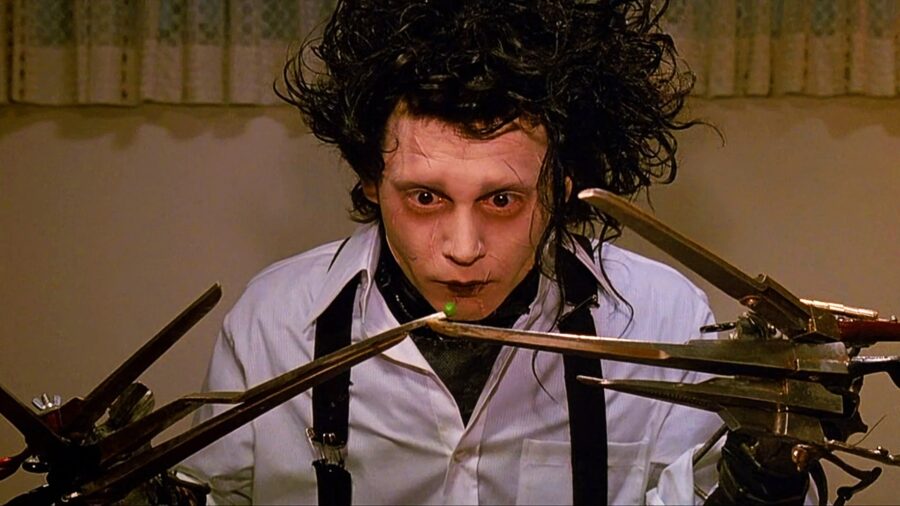
The visual language of German expressionism left its fingerprints all over The Nightmare Before Christmas, as well as producer Tim Burton‘s other flagship works like Edward Scissorhands, Beetlejuice, and Ed Wood. Burton has been one of the largest figures in American gothic horror cinema for the past several decades, with the filmmaker’s work influencing dozens of modern directors and millions of viewers at home. Though silent 1920s-era films like The Cabinet of Dr. Caligari may leave a lot to be desired for modern audiences, fans needn’t look further than the film’s poster to see the influence that German expressionism holds over Burton’s body of work.
German Expressionism
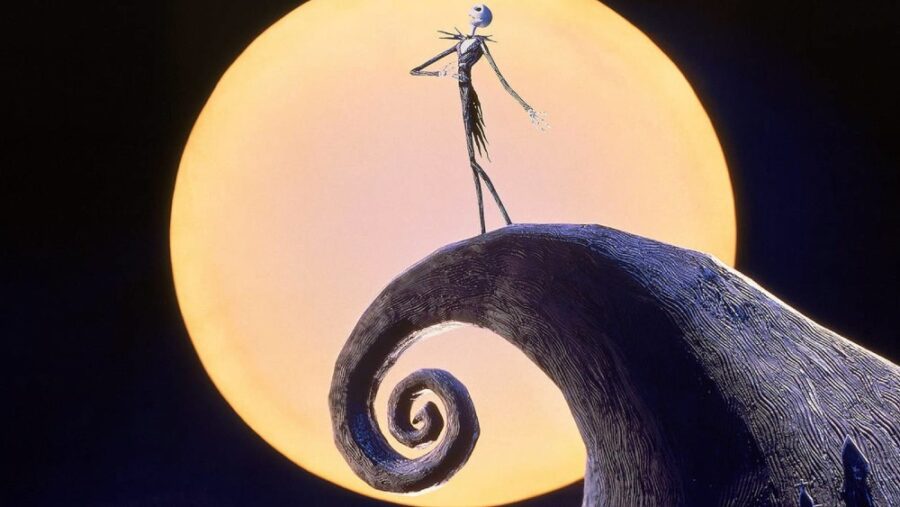
For specific examples of The Nightmare Before Christmas‘s visual homage to the classic art style, you’ll notice Halloween Town’s cobblestone roads and curvy hourglass buildings, as well as a host of swirly mesmerizing patterns on surfaces such as trees and dirt. Though the construction of these buildings would be a logistical nightmare for any actual contractor to build, they provide a strange, almost dream-like landscape that pulls the viewer into a deep trance.
The Visual Companion

Furthermore, the expressive angular designs of the characters in The Nightmare Before Christmas provide distinct aesthetics in keeping with their nature. The Mayor of Halloweentown stands as a stout, plump triangle, while Jack Skellington resembles a bone-thin lanky humanoid. The visual language of the classic holiday film is all laid out in new book celebrating the 30th anniversary of the film’s release, titled Tim Burton’s The Nightmare Before Christmas Visual Companion.












